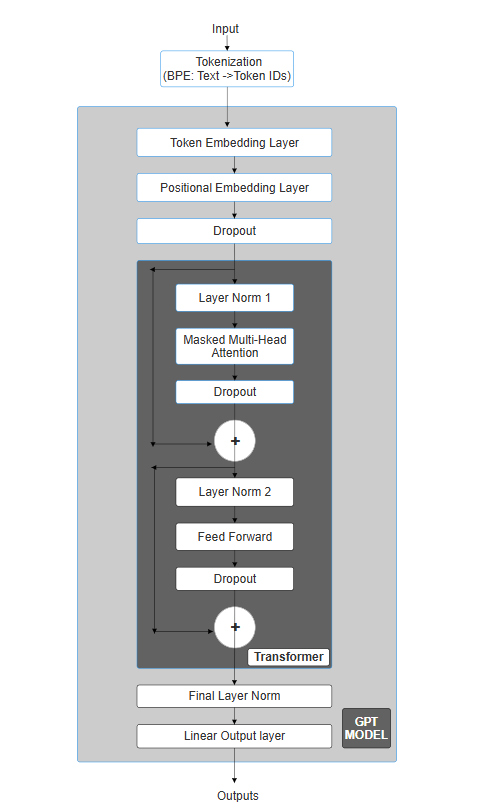How to Build a Real-World AI Product with Transformers (LLMs) — From Scratch
A step-by-step technical blueprint for building domain-specific AI products with Transformers, covering dataset preparation, embeddings, architecture, training, and generation techniques.
🚀 How to Build a Real-World AI Product with Transformers (LLMs) — From Scratch
Everyone is talking about AI, but how do you actually build an AI product from the ground up, tailored to a specific domain?
Here’s a complete technical blueprint, inspired by my experience building projects like a Custom AI Poetry Generator using GPT-2 architecture from scratch.


✅ Step 1: Define Your Problem Statement
1. Identify the exact task: Text generation? Summarization? Domain-specific Q&A?
2. Define the domain scope (e.g., poetry, medical reports, legal documents).
✅ Step 2: Curate and Prepare Your Dataset
1. Collect high-quality domain data (structured or unstructured).
2. Clean and preprocess the data.
3. Apply tokenization:
- Byte Pair Encoding (BPE)* or *WordPiece for subword tokenization
- Special tokens: [BOS], [EOS], [PAD] for sequence boundaries and padding
✅ Step 3: Embedding Representations
Before feeding tokens into the model:
✅ Step 4: Transformer Architecture – Building the Brain
Implement a stack of Transformer Decoder blocks, each with:
1. Multi-Head Self-Attention – lets the model focus on different parts of the sequence
2. Feed Forward Network – deeper learning per token
3. Residual Connections & Layer Normalization – stabilizes training and improves gradient flow
💡 In my poetry generator, I implemented a GPT-2-like Transformer Decoder architecture from scratch in PyTorch.
✅ Step 5: Training & Fine-Tuning
✅ Step 6: Generation Techniques
For producing meaningful and diverse outputs:
📌 Key Takeaways
💬 Let’s Connect
If you’re building or planning to build your own AI models, let’s connect!
🔖 Hashtags
#GenerativeAI #LLM #DeepLearning #TransformerModels #AIDevelopment #ProductEngineering #MLPipeline